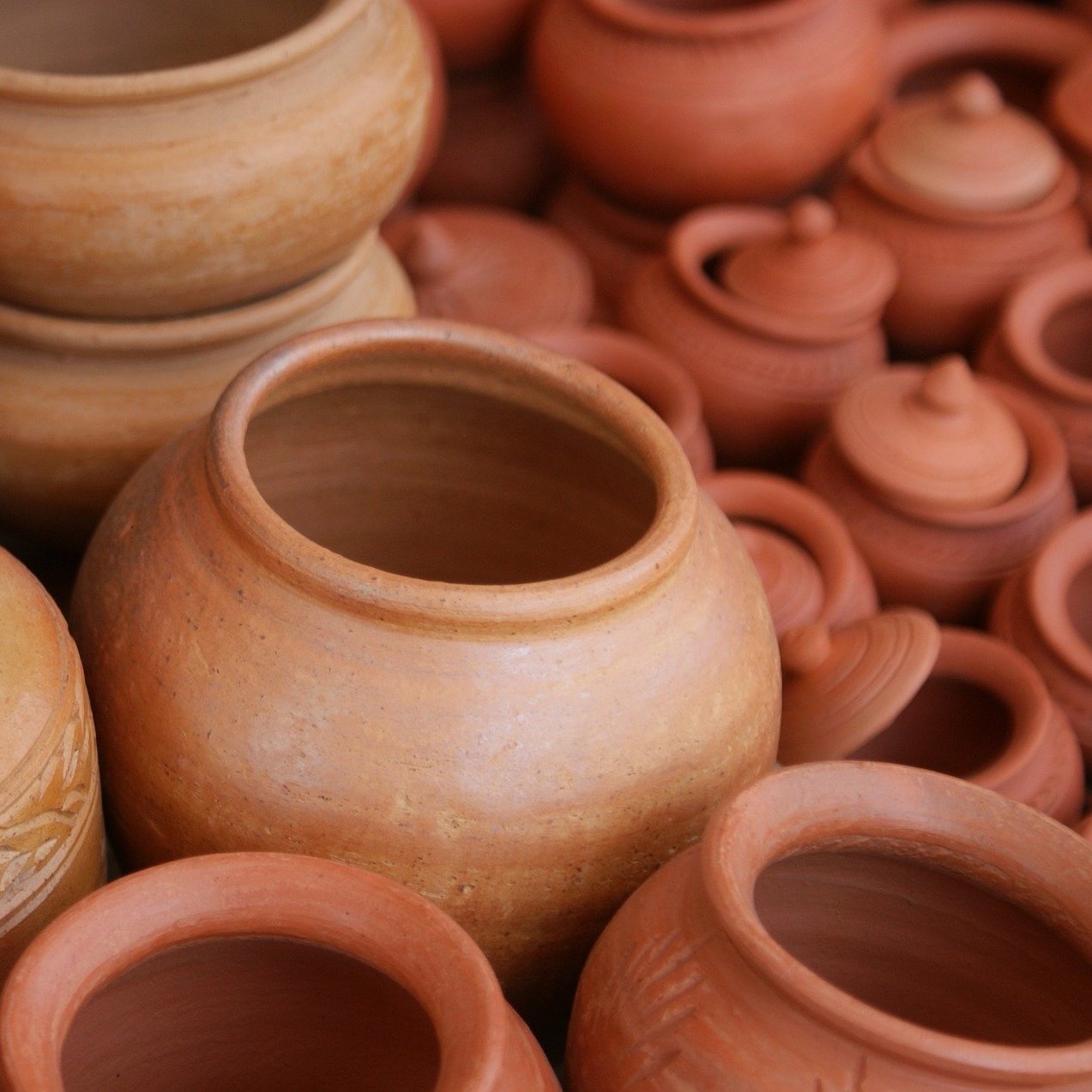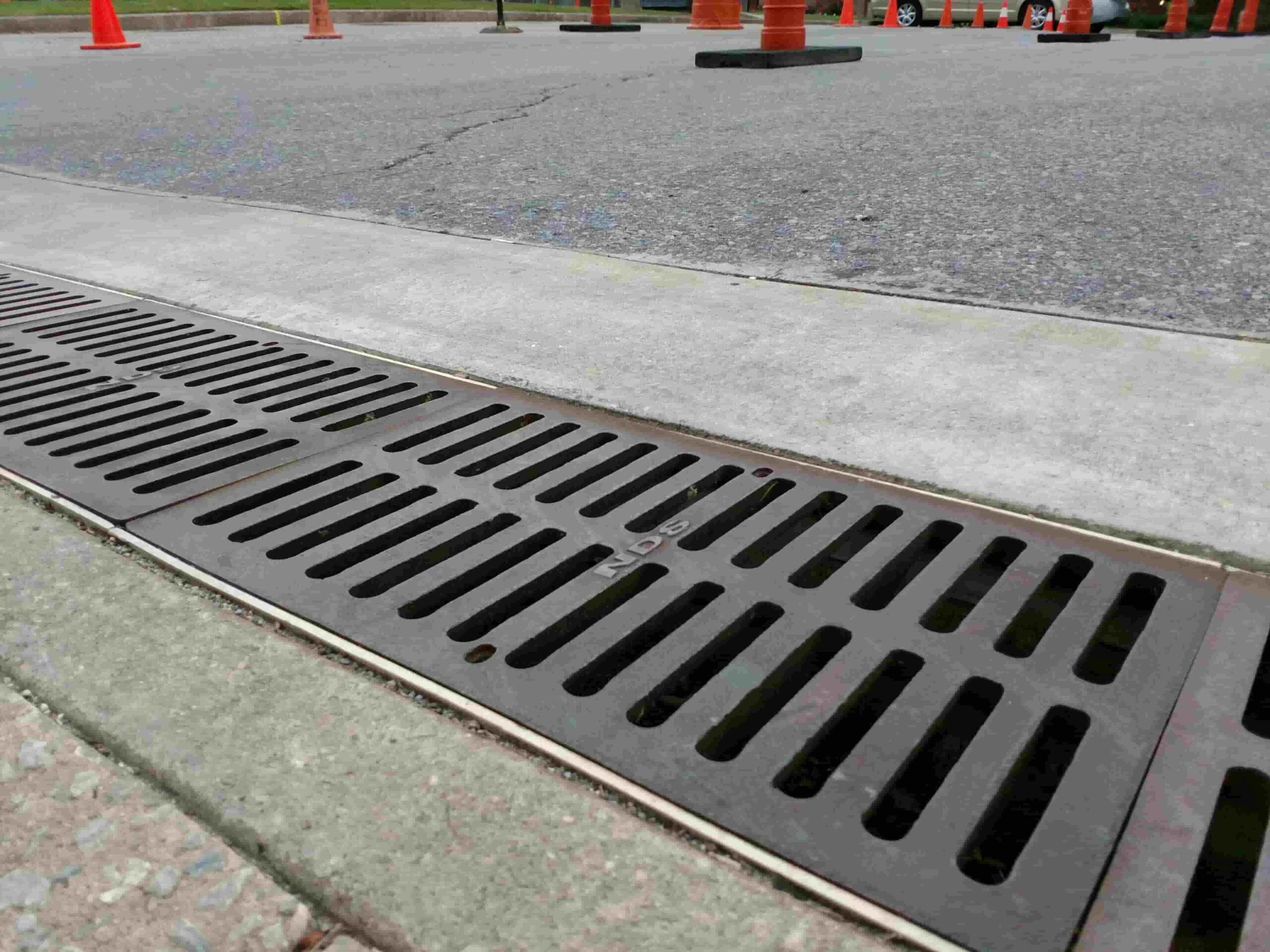When it comes to taking care of your precious cacti, choosing the right pot is of paramount importance. Improper pots can lead to stunted growth, root rot, and a host of other problems that can compromise the health of your beloved plants.
Navigating the vast array of cactus pots available on the market can be a daunting task. This comprehensive guide will provide you with all the essential information you need to make an informed decision, ensuring the optimal growth and well-being of your cacti.
The Guide To Cactus Pots: Types, Materials, And Drainage Considerations
The ideal cactus pot should meet specific requirements to accommodate the unique needs of these arid-loving plants. Drainage is paramount to prevent root rot, while the material and size of the pot play crucial roles in regulating soil moisture and temperature. Let’s delve deeper into each of these essential considerations.

Types of Cactus Pots
There are two primary types of cactus pots: glazed and unglazed. Glazed pots have a non-porous surface that prevents water from seeping out, making them suitable for plants that prefer moist soil. Unglazed pots, on the other hand, are porous and allow excess water to drain through, preventing waterlogging. For cacti, unglazed pots are the preferred choice as they promote better drainage and aeration.
Another important consideration is the shape of the pot. Shallow pots are ideal for small cacti and those with shallow root systems, while deep pots are better suited for larger cacti with deep roots. The width of the pot should be approximately twice the diameter of the cactus.

Materials for Cactus Pots
Cactus pots are typically made from materials such as clay, plastic, or ceramic. Clay pots are porous, allowing for good drainage and aeration, but they can be heavy and fragile. Plastic pots are lightweight, durable, and inexpensive, but they may not provide the same level of drainage as clay pots.
Ceramic pots offer a balance between clay and plastic pots, providing both durability and good drainage. They are available in a wide range of colors and designs, making them a versatile option for any decor.

Drainage Considerations
Proper drainage is essential for preventing root rot in cacti. The pot should have drainage holes at the bottom to allow excess water to escape. If the pot does not have drainage holes, you can drill your own using a drill bit. You can also place a layer of gravel or pebbles at the bottom of the pot to improve drainage.
The size of the drainage holes is also important. Small drainage holes can become clogged, so it is best to use holes that are at least 1/4 inch in diameter.

Conclusion of The Guide To Cactus Pots: Types, Materials, And Drainage Considerations
Choosing the right pot for your cactus is crucial for its health and growth. By considering factors such as drainage, material, and size, you can create an optimal environment for your desert-dwelling companion to thrive.
